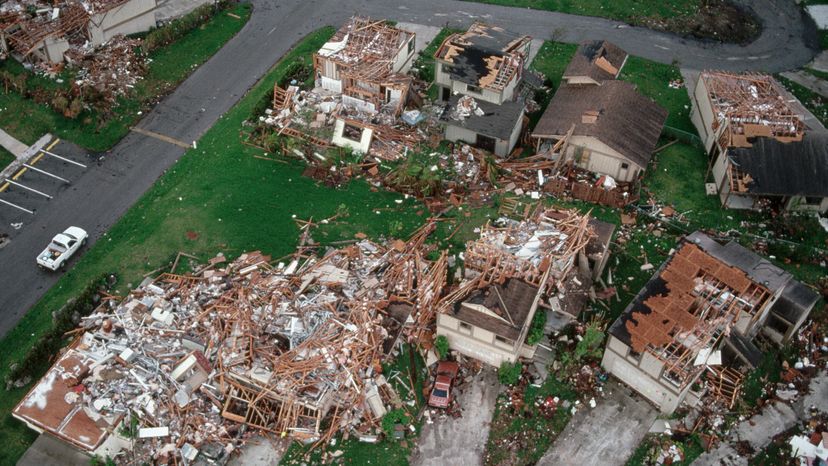The devastation caused by Hurricane Andrew served as a wakeup call for the nation, highlighting the importance of precise forecasting, efficient evacuation procedures, and enhanced infrastructure. In the wake of the storm, improvements were made to hurricane forecasting capabilities, evacuation procedures, and infrastructure to better equip communities for future hurricanes.
These lessons learned from Hurricane Andrew have had a lasting impact on our approach to hurricane preparedness and response. The storm’s legacy serves as a constant reminder of the need for ongoing efforts to strengthen our resilience in the face of extreme weather events.
National Hurricane Center and NOAA's National Hurricane Center
The National Hurricane Center (NHC) and NOAA’s National Hurricane Center play a crucial role in monitoring and predicting hurricane activity in the Atlantic and Eastern Pacific oceans. Through their collaboration, they provide forecasts and warnings for tropical cyclones and other severe weather events.
In the wake of Hurricane Andrew, these organizations have significantly advanced hurricane forecasts, giving communities more time to plan and take action to protect lives and property. The ongoing efforts of the NHC and NOAA’s National Hurricane Center to improve hurricane forecasting and warning systems are essential for our ability to respond effectively to these destructive storms.
Their dedication to enhancing our understanding of these complex weather systems has been instrumental in saving lives and minimizing damage in the years since Hurricane Andrew.
National Weather Service and Maximum Sustained Winds Forecasting
The National Weather Service (NWS) has also made significant strides in improving its forecasting and communication capabilities following Hurricane Andrew. By utilizing modern technologies such as Doppler radar and satellite imagery, the NWS has been able to provide more detailed and timely warnings to the public.
This commitment to enhancing forecasting and communication has been vital in helping communities prepare for and respond to hurricanes and other extreme weather events. The lessons learned from Hurricane Andrew have driven ongoing efforts to ensure that we are better equipped to face these powerful storms in the future.
Evacuation Procedures and Infrastructure
Hurricane Andrew highlighted the need for improved evacuation procedures and infrastructure. In the storm’s aftermath, the Federal Emergency Management Agency (FEMA) implemented a range of infrastructure improvements, including the development of a new hurricane evacuation route system, the installation of new storm surge barriers, and the construction of new levees and floodwalls.
Furthermore, the NHC and NWS have made advances in their maximum sustained winds forecasting, helping communities better understand the potential impacts of a hurricane and take appropriate action to protect lives and property. The lessons learned from Hurricane Andrew have been instrumental in shaping our approach to hurricane preparedness and response, ensuring that we are better equipped to face these extreme weather events in the future.
